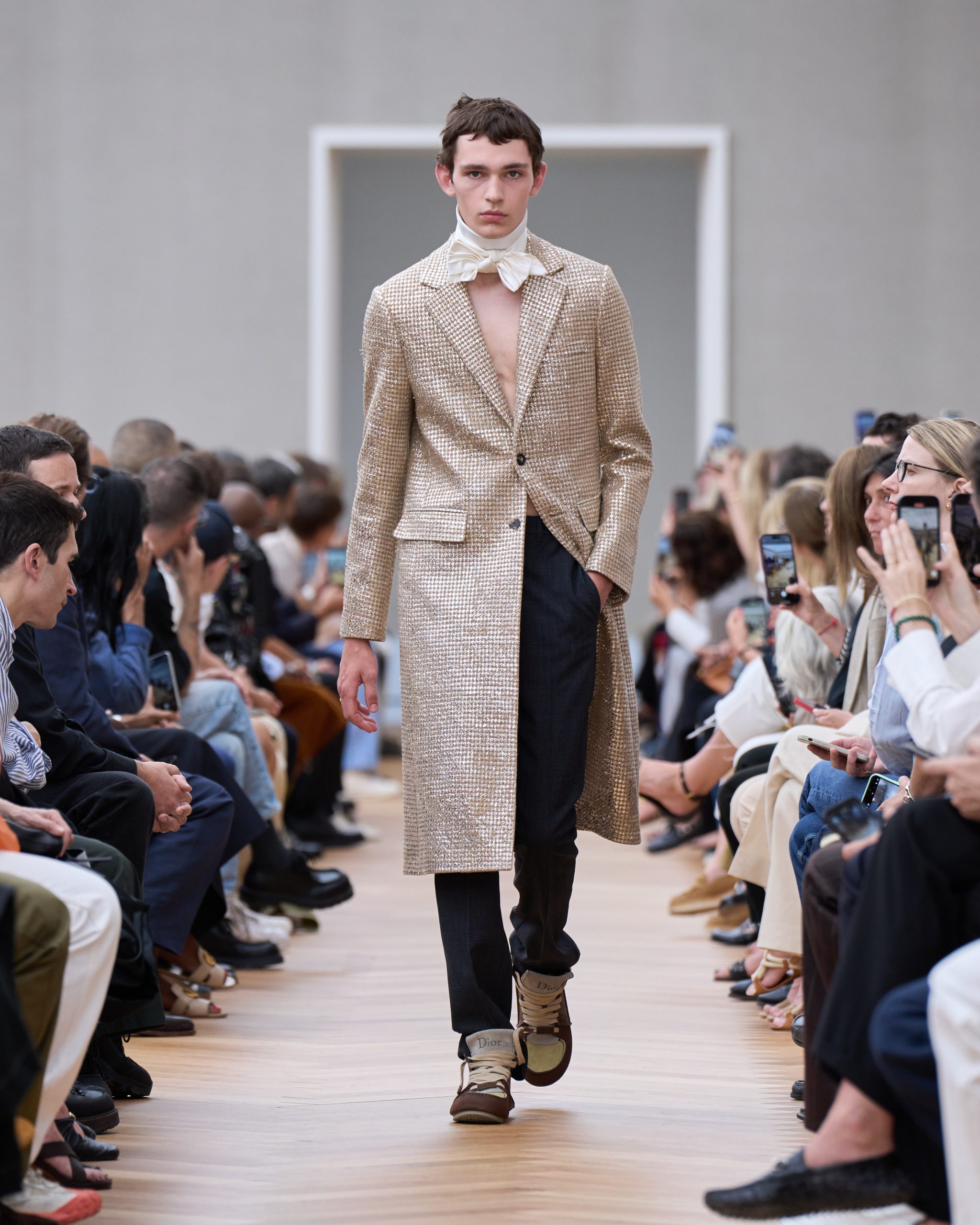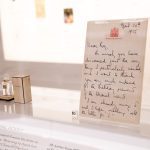This year in fashion has felt like a game of musical chairs, with new creative directors stepping into some of the industry’s iconic maisons. After months of anticipation, and carefully teased campaign imagery across social media, Jonathan Anderson’s debut for Dior Men has finally arrived. And what a debut it is.
For the first time in its history, Dior’s men’s and women’s collections are under the same creative direction. With the Hôtel des Invalides – long associated with Dior Homme and later Dior Men – as its setting, Anderson stages a modern proposition rooted in ceremony. This presentation fuses structured elegance with irreverent clarity. He plays with heritage like a sculptor with clay. Familiar Dior codes such as volume, symmetry, and savoir-faire are present, but reworked. Code and recode becomes both a method and a message: a look back, a sidelong glance forward, and a measured, playful step into the now.
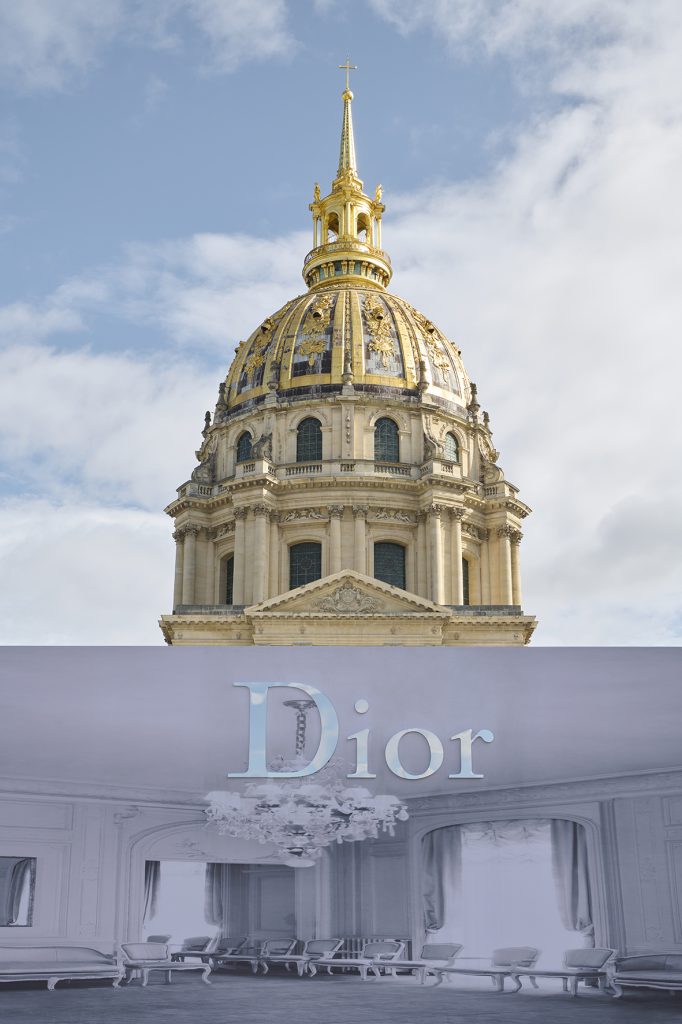
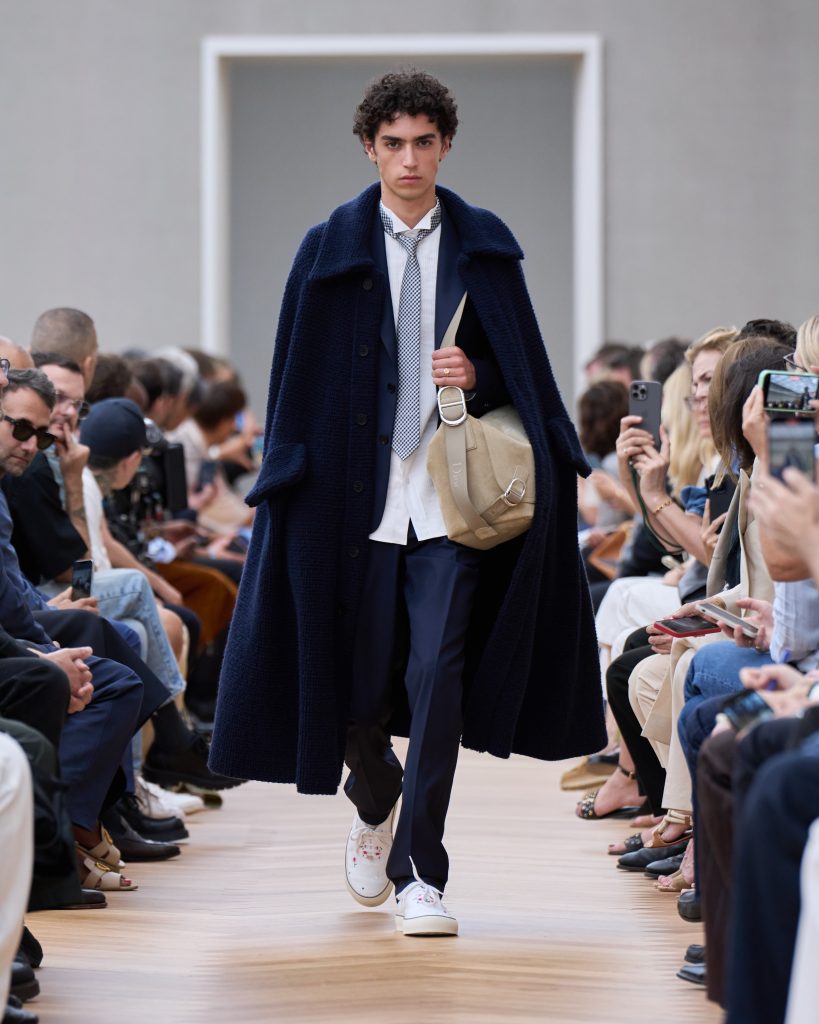
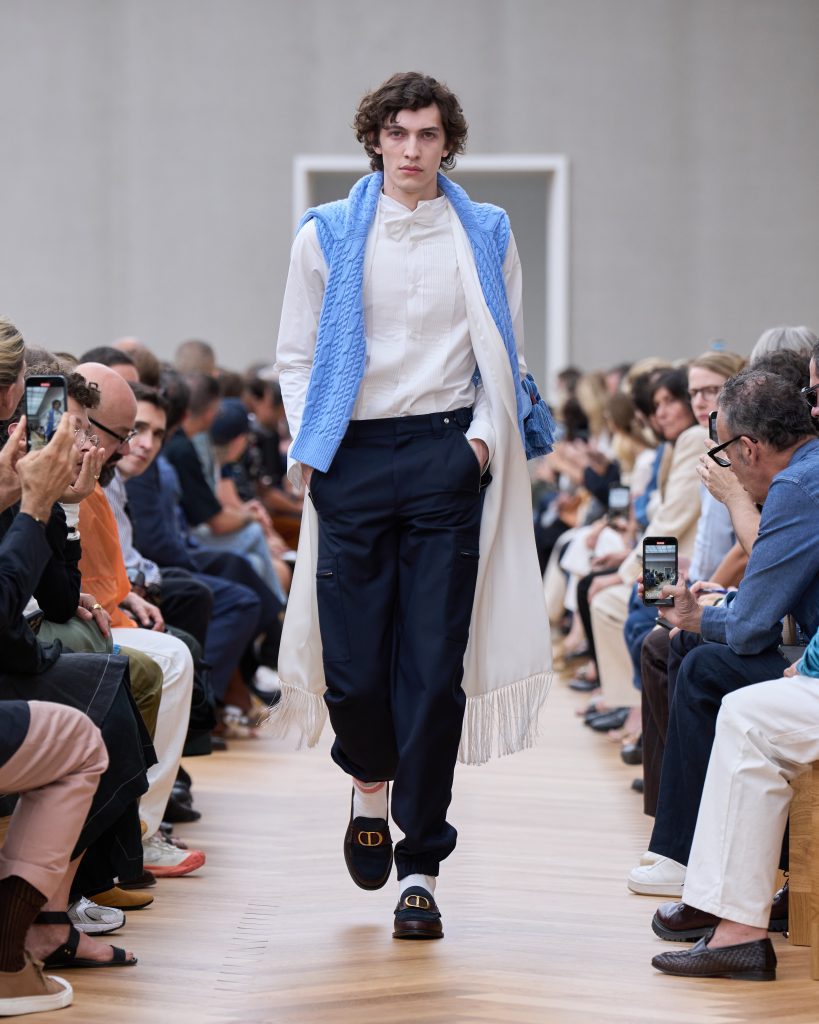


Collection SS26, photography Adrien Dirand and courtesy of Dior.
There’s also a recognisable sense of drama in the more embellished pieces – jackets with decorative fastenings and subtle grandeur. Think Mick Jagger at his most theatrical, or Jimi Hendrix in one of his vintage frock coats sourced from London’s Portobello Road. There’s even a nod to Hedi Slimane’s early Dior Homme years, when razor-sharp rock tailoring reshaped Parisian menswear. But where Slimane was rock and roll all the way, Anderson is light and offbeat. Beneath the stylistic shimmer lies something more grounded: a respect for Dior’s historical foundations. The designer often looked to the refinement of 18th- and 19th-century dress – from riding coats to opera attire – which he transformed into the new silhouette of post-war couture. His fascination with Rococo detail and British elegance made drama part of the house’s language. Anderson simply picks up that thread with his point of view.
This Dior is polished and relaxed. Shirts are cut with precision – one in classic white with black piping, another in deep navy traced with a fine white line. Both nod to couture-level detail while remaining effortlessly chic. Springsteen’s State Trooper set the tone as the show opened. An Americana echo against the grandeur of a French maison now led by an Irish designer. It’s a global remix, where intention matters more than origin. Subtly scattered among the looks: a new Dior logo.
One room, draped in velvet and echoing the stillness of Berlin’s Gemäldegalerie, housed two works by 18th-century French painter Jean Siméon Chardin. Known for his intimate scenes and quiet restraint, Chardin’s presence spoke volumes. While much of his era celebrated grandeur, he turned instead to the beauty of the everyday. Placing his work within this collection mirrors Anderson’s intent: to balance elegance with calm. This Dior feels wearable, joyful, and contemporary.
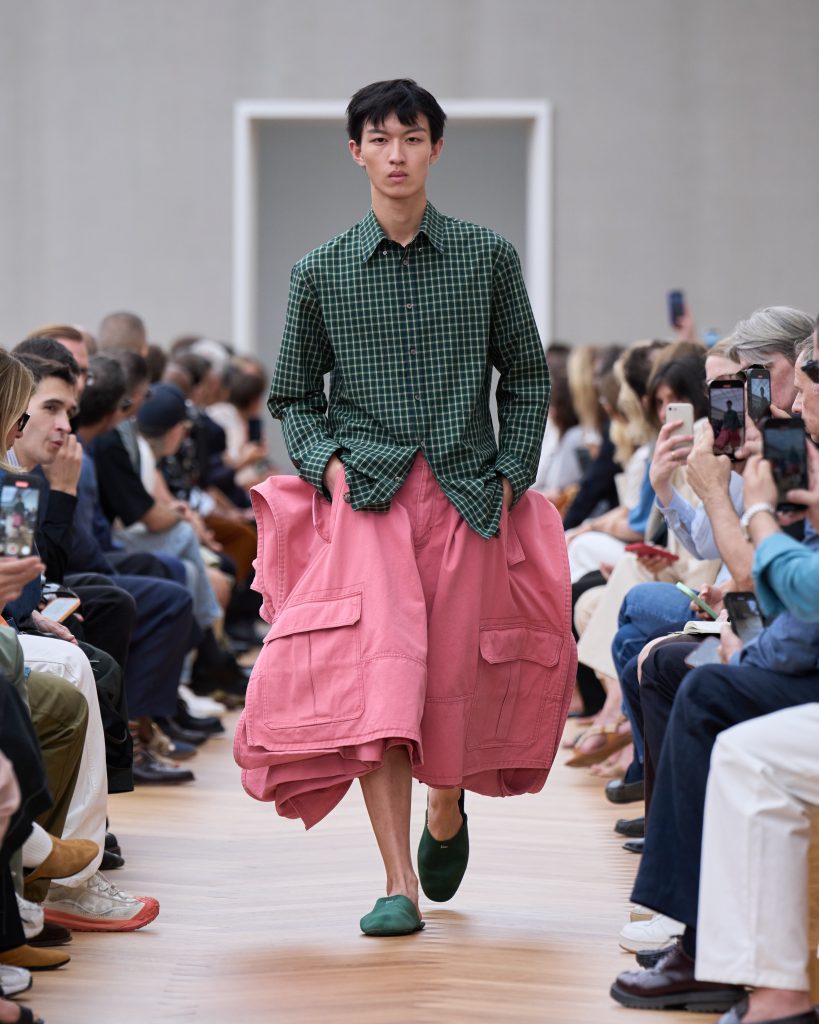
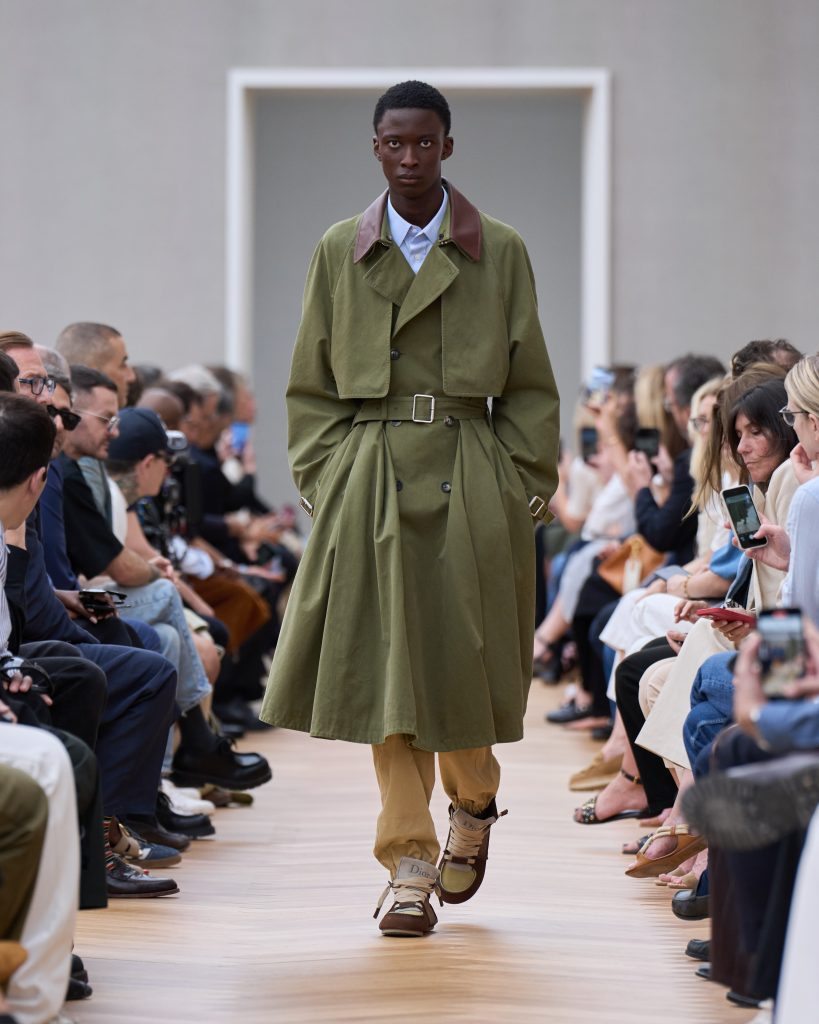
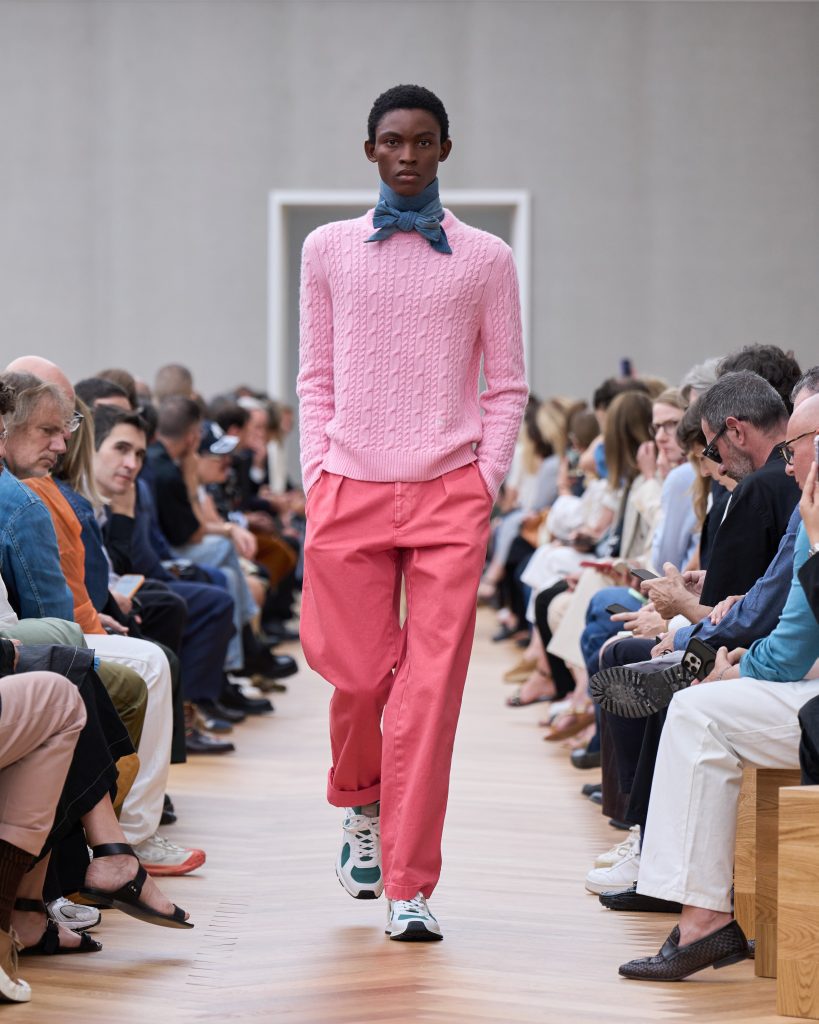
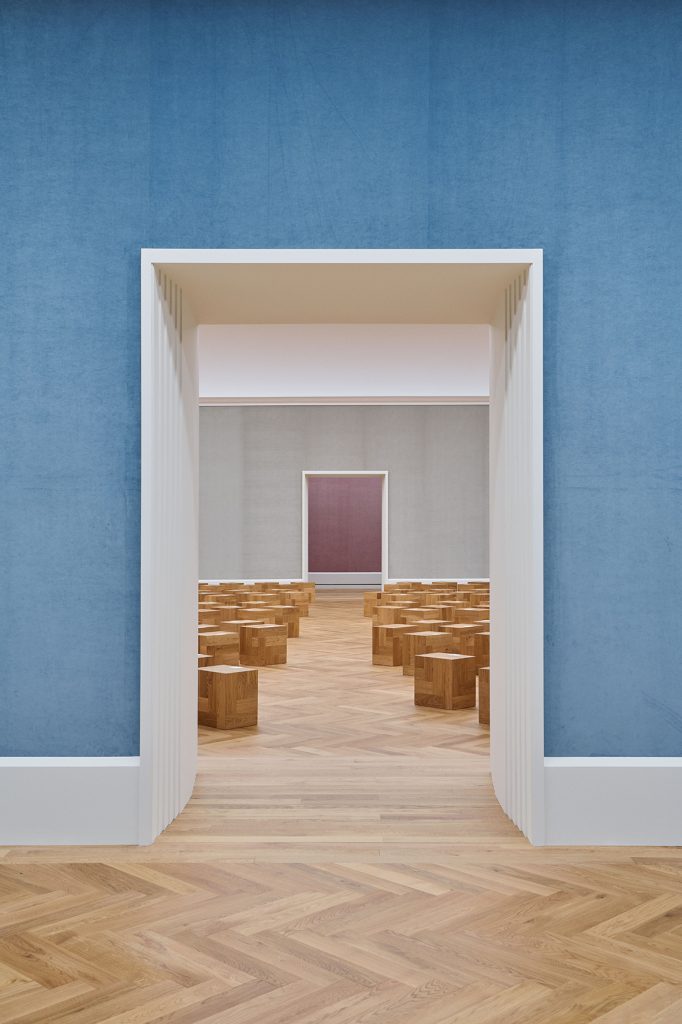
Collection SS26, photography Adrien Dirand and courtesy of Dior.
Accessories complement the new wave. The Book Tote becomes a literary object, featuring covers of Charles Baudelaire, Truman Capote and even Dracula by Bram Stoker. The Lady Dior is reinterpreted by American textile artist Sheila Hicks, cloaked in linen threads like a tactile relic. Elsewhere, Rococo-inspired charms and twisted toile de Jouy prints nod again to the house’s origins – and to Monsieur Dior’s enduring love for both French classicism and British wit.
As for my own wishlist? The softly structured silhouettes Anderson codes and recodes from Dior’s archives feel like an elegant answer to the moment. And those neckties – crisp, knotted – are my favourite. With his Irish humour and intellectual poise, Anderson might just be the perfect guide for this new chapter in Dior’s history.
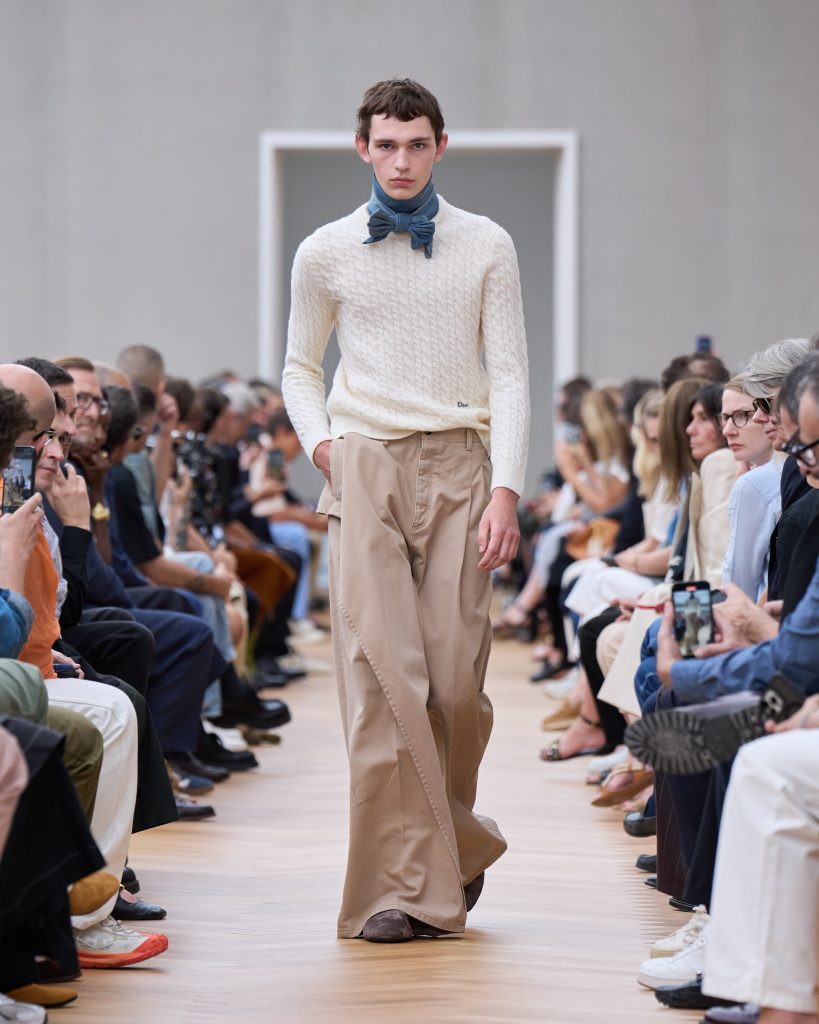
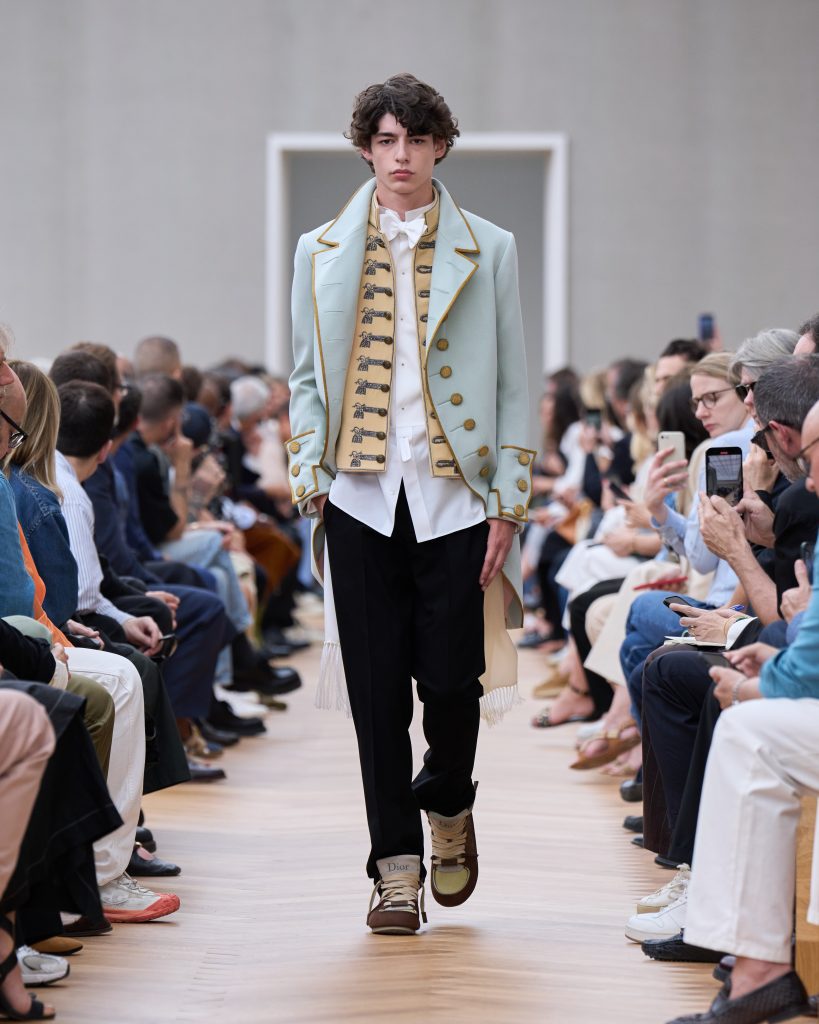

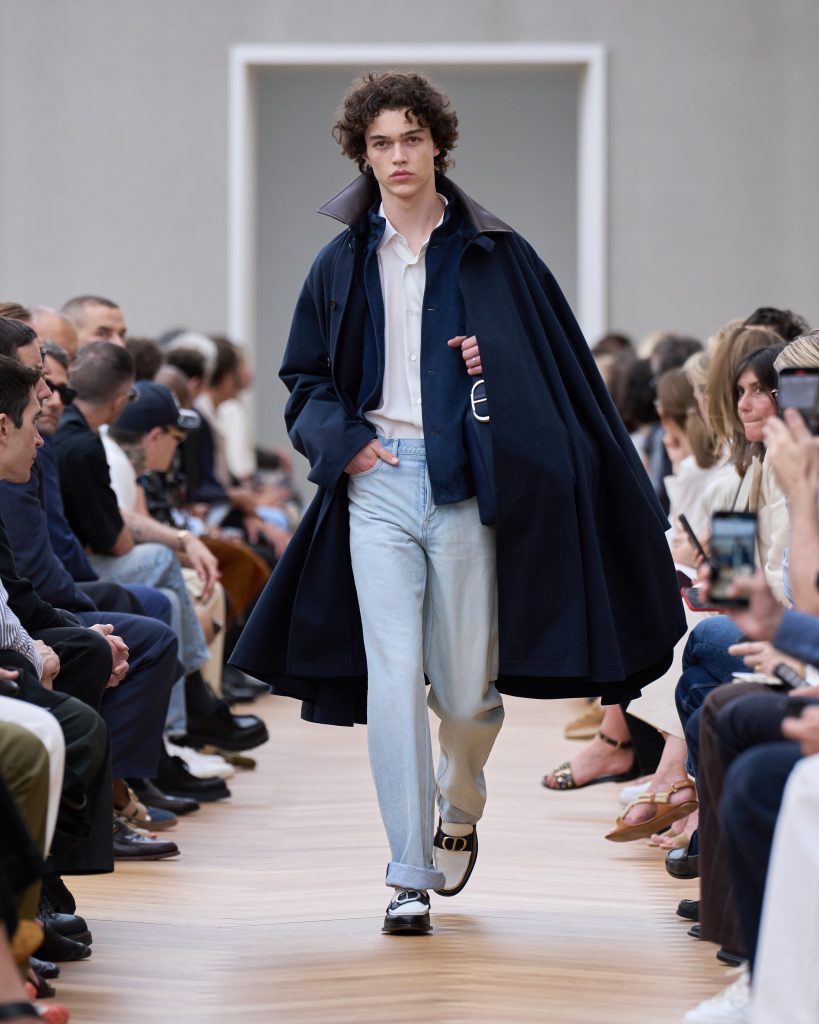
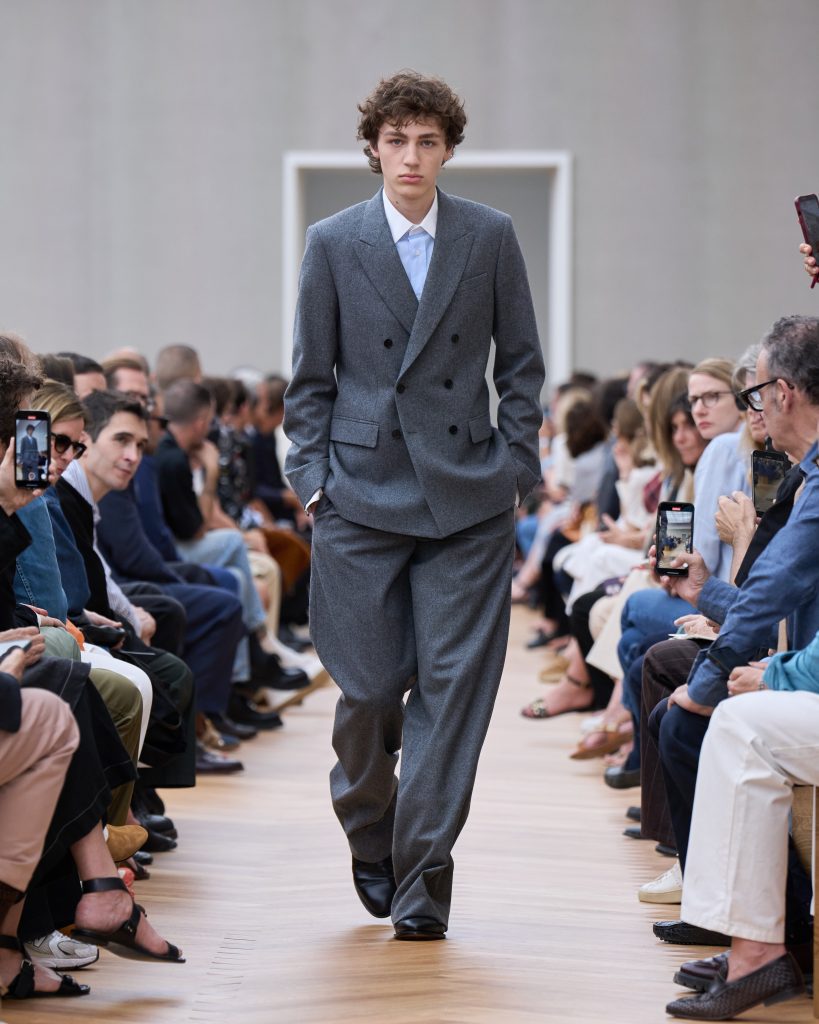
Collection SS26, photography courtesy of Dior.
Images: Adrien Dirand for Dior, and courtesy of Dior.
discover more: www.dior.com
